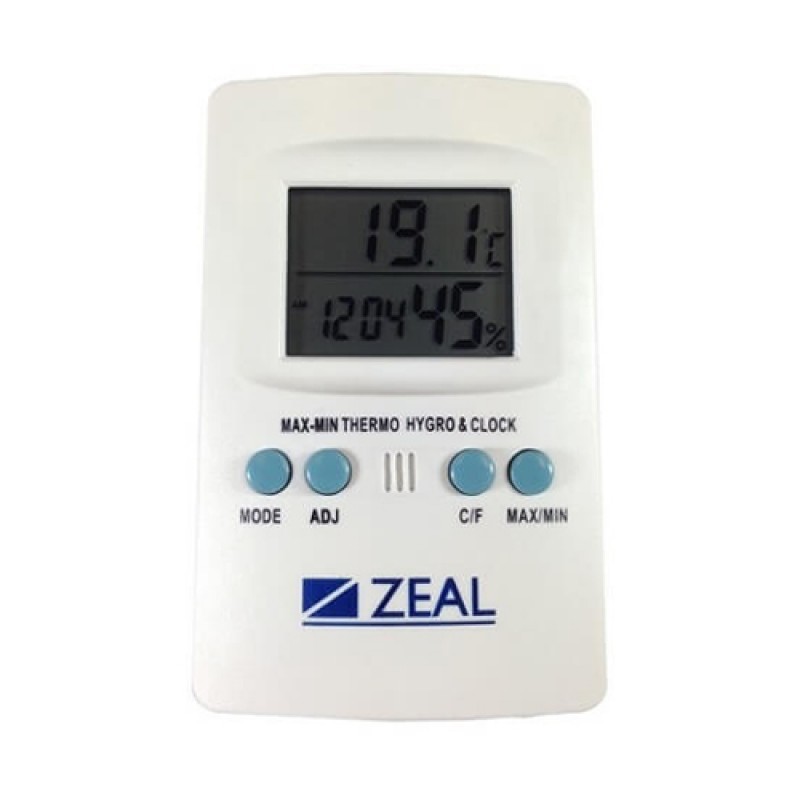
Price :
৳1350
Estimated Shipping Time: 7 days
Product SKU: R023353mlL
Zeal Temperature and Humidity Digital Hygrometer
The Zeal Temperature and Humidity Digital Hygrometer is a versatile tool ideal for various equipment applications. It accurately measures both temperature and humidity levels, providing crucial environmental data for ensuring optimal performance and longevity of equipment. Whether in laboratories, storage facilities, or industrial settings, this hygrometer aids in maintaining ideal conditions, preventing moisture-related damage, and ensuring the efficiency of equipment operation. Its compact design and digital display make it convenient for monitoring conditions in tight spaces or on the go. With precise measurements and user-friendly features, the Zeal hygrometer is an indispensable asset for equipment maintenance and management.
If you'd like to know more about this chemical or need any analysis
report regarding this chemical then contact us support@echem.com.bd.
No Review Found.
Login To Comment